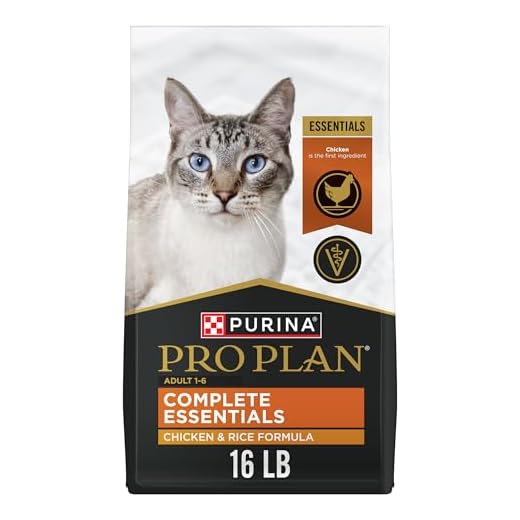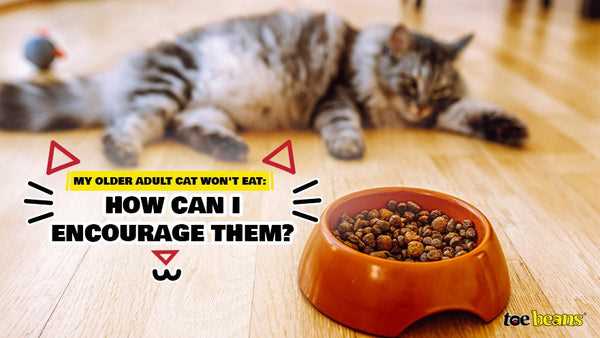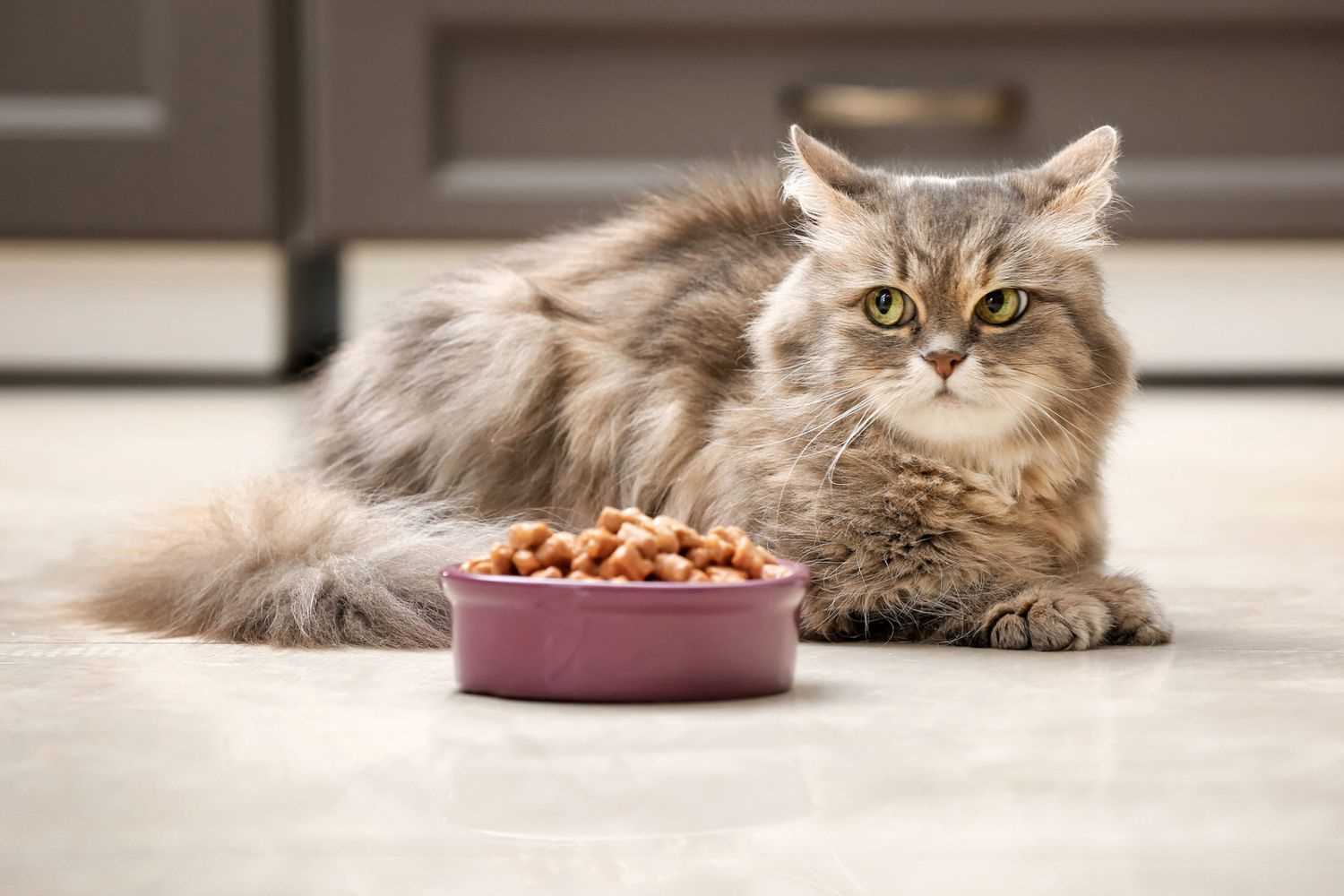



When I suddenly shy away from my meals, it’s crucial to evaluate a few factors that might be influencing this behavior. First, consider the freshness of my food. If that kibble has been sitting out for too long or the wet food has lost its appeal, I might just turn my nose up at it.
Temperature can also play a significant role. I prefer my meals at a comfortable warmth; cold food doesn’t tempt me as much. Microwaving my wet food for a few seconds can make a big difference. Additionally, check my feeding schedule. Irregular meal times can disrupt my appetite, so consistency is key.
Health issues might be lurking beneath the surface too. If I’m feeling unwell or experiencing dental problems, my interest in food can wane. Regular vet check-ups are essential to catch any potential issues early. Lastly, stress can impact my eating habits. Changes in the household, new pets, or disruptions in routine might make me anxious, leading to a loss of appetite.
Reasons for My Reluctance to Snack
Feeling unwell can drastically impact my appetite. If I’m experiencing any discomfort or illness, I might shy away from food. A visit to the vet is advisable to rule out any underlying health issues.
Environmental Factors

Changes in my surroundings can trigger a loss of interest in meals. New furniture, loud noises, or even a different feeding area can create stress. Maintaining a calm and familiar environment is beneficial for my eating habits.
Food Preferences
Sometimes, the same old kibble just doesn’t hit the spot anymore. I appreciate variety, so experimenting with different flavors or textures might rekindle my enthusiasm for dining. Freshness is key; expired food is a definite no-go!
Lastly, sharing my dining experience with a companion can encourage me to indulge. Social interactions can enhance my mealtime, making it a more enjoyable event.
Understanding Common Health Issues Affecting Appetite
Regular check-ups with a veterinarian can reveal underlying concerns that impact food consumption. Here are some common health issues:
- Dental Problems: Gum disease, broken teeth, or oral infections can cause pain, making it difficult to chew. Regular dental care is necessary.
- Gastrointestinal Disorders: Conditions like gastritis or inflammatory bowel disease can lead to nausea and discomfort. Monitor for vomiting or diarrhea.
- Kidney Disease: This condition is prevalent in older companions and can result in decreased appetite. Symptoms include increased thirst and urination.
- Hyperthyroidism: Often seen in senior pets, this disorder increases metabolism, sometimes causing weight loss despite a good appetite. Watch for increased thirst and hyperactivity.
- Infections and Illness: Viral or bacterial infections can lead to systemic issues, directly impacting desire for food. Look for symptoms like lethargy or fever.
Being observant of behavioral changes and physical symptoms can help identify the issue. Consult a veterinarian for accurate diagnosis and treatment options.
Identifying Behavioral Changes in Your Feline Friend
If there’s a noticeable shift in habits, it’s time to observe closely. Changes in behavior can indicate various underlying issues. Here are key signs to monitor:
- Withdrawal: Seeking solitude more often than usual can signify stress or discomfort.
- Altered Grooming: A decrease in grooming might point to health concerns, while excessive grooming could indicate anxiety.
- Vocalization: Changes in vocal patterns, whether more frequent or unusual sounds, may suggest distress or dissatisfaction.
- Activity Level: A sudden drop in playfulness or excessive lethargy could be a red flag for health issues.
- Social Interaction: If your furry friend is less interested in bonding or engaging, this might be a sign of discomfort.
When these behaviors occur, it’s wise to consult a veterinarian for a thorough evaluation. Keeping track of these changes helps in detecting issues early.
Also, ensuring a clean environment can influence mood and behavior. For example, using effective cleaning tools, such as do electric spin scrubbers work, can maintain a pleasant atmosphere.
Being aware of these shifts enables better care and a happier life for your beloved companion.
Assessing the Impact of Diet and Food Preferences
Switching up the menu can greatly influence my appetite. If my human offers the same kibble day after day, boredom sets in. Experimenting with different flavors, textures, and brands can entice me to indulge. For instance, premium wet food or fresh cooked meats often do the trick. A mix of dry and wet options keeps things exciting.
Temperature matters too; I prefer my food warmed slightly to enhance the aroma. Cold meals from the fridge can be unappealing. My human should try warming them up for a more inviting experience.
Portion sizes play a role as well. Overwhelming amounts can feel daunting. Smaller, more frequent meals might spark my interest. This method mimics natural hunting patterns, making me more eager to snack throughout the day.
Finally, my mood and environment impact food choices. Stressful situations or changes in my surroundings can lead to disinterest in meals. Keeping my dining area calm and familiar helps maintain my appetite. A little patience and observation can go a long way in enhancing my feeding experience.
Evaluating Environmental Factors That May Affect Eating
Ensure a peaceful dining area for mealtime. Noise, sudden movements, or the presence of other pets can be distracting. Establish a quiet space away from daily activity where food is served.
Monitor temperature and cleanliness in the feeding zone. Cats may avoid meals if it feels too hot or cold. Regularly clean the feeding area and bowls to prevent any unpleasant odors or residues that might deter me from eating.
Consider the location of food and water. A safe, accessible place encourages regular meals. If water is too far from food, I might skip hydration, affecting my appetite.
Look into the presence of plants in the home. Some plants can be toxic and may inadvertently create anxiety or discomfort. Opt for houseplants safe for cats to maintain a stress-free environment.
Evaluate recent changes in the household. New furniture, visitors, or even different cleaning products can impact my comfort level and willingness to eat. Keeping my space consistent helps me feel secure.
| Environmental Factors | Recommendations |
|---|---|
| Noise Levels | Create a quiet, calm feeding area. |
| Temperature | Ensure it’s comfortable and not extreme. |
| Feeding Location | Keep food and water close and accessible. |
| Plants | Choose non-toxic varieties for safety. |
| Home Changes | Maintain stability and familiarity. |
Recognizing Signs of Stress or Anxiety in Felines
If my appetite suddenly diminishes, it’s crucial to observe specific behaviors that might indicate distress. Look for changes in my body language, such as flattened ears, a tucked tail, or a tense posture, as these can signal discomfort. Additionally, excessive vocalizations or hiding away are clear indicators of unease.
Physical Symptoms to Monitor
Watch for alterations in grooming habits. If I begin to neglect my fur or over-groom certain areas, it could mean something is bothering me. Changes in litter box usage, such as avoiding it or having accidents outside, might also point to underlying stress or anxiety.
Environmental Triggers

Be aware of any recent changes in my surroundings. New pets, loud noises, or shifts in routine can all contribute to feelings of insecurity. Creating a quiet and safe space can help alleviate some of the stress and encourage better eating habits.
When to Consult a Veterinarian About Your Feline’s Eating Habits
Immediate consultation with a veterinarian is advisable if refusal of meals persists for more than 24 hours. Lack of appetite can lead to serious health issues, particularly if your furry friend has pre-existing conditions or is elderly.
Signs Indicating a Health Concern
Look for additional symptoms such as vomiting, diarrhea, lethargy, or unusual behavior. If these signs accompany the reluctance to consume food, seek professional advice without delay.
Recent Dietary Changes
If there have been recent alterations in the diet or introduction of new brands or flavors, and your furry companion resists eating, a veterinarian can provide insight into potential allergies or sensitivities. Never hesitate to reach out for guidance on suitable food options.
Timely intervention often prevents further complications, ensuring your beloved companion remains happy and healthy.










